
11/06/21
series "Este lugar é aqui" (this place is here)
Marina Amaral
My artistical and architectonic practice investigates the action of walking while drifting and the usefulness of this action as a way of understanding space. Drifting permits one to experience place, revealing numerous dimensions of the urban landscape that are recognised through the body, in a relation in which subjectivity (and the intersubjectivity) are fundamental.
From the unfolding of graphic products - after a series of drifts in the neighbourhood of São Cristóvão - understanding their potential to re-interpret some areas recognised during the drifts, resulted the creation of the series “this place is here”, a site-specific intervention consisted in the collage of posters.
Each image is an abstract reference to the place where it was pasted. The purpose of the action is to draw the attention of passersby to some aspect of the landscape that was perceived - and valued - by my gaze from the drift. This intervention seeks to ask people “do you realize what I perceive here?”

09/06/21
ARTOT17
patunikos
ARTOT Festival
The aim is to bring the performing arts closer to the territory through almost twenty cultural proposals
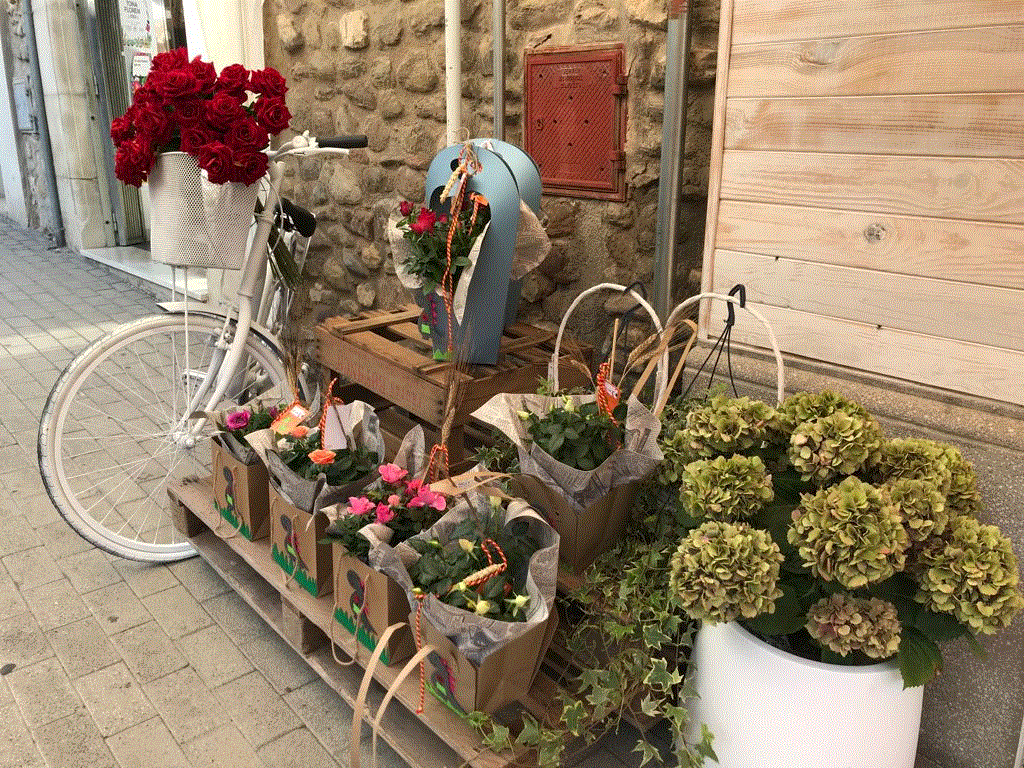
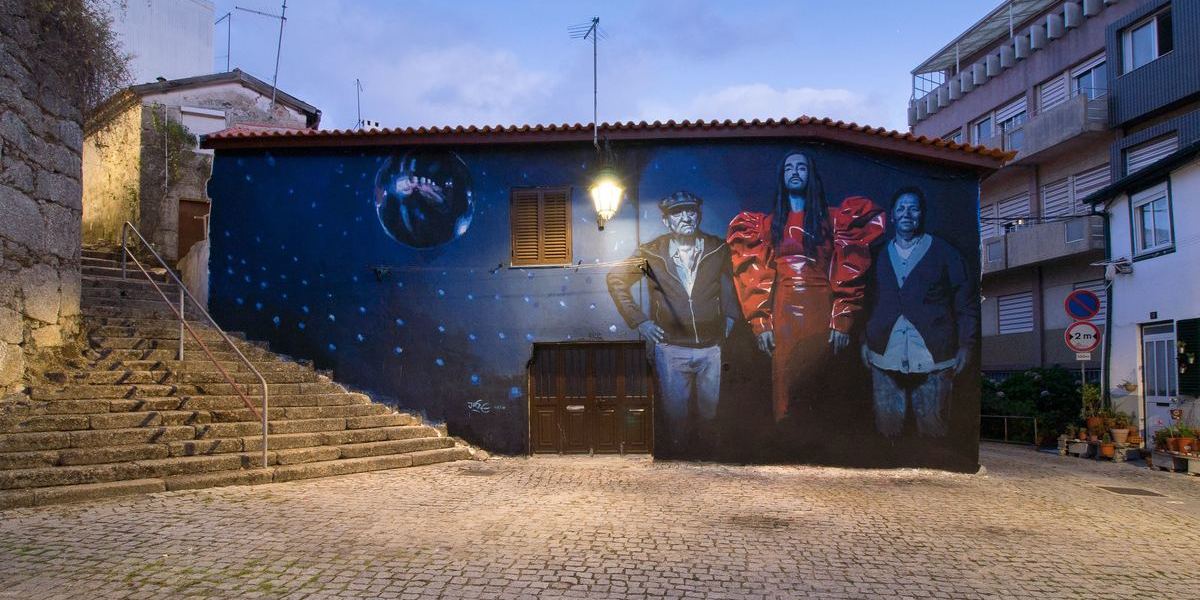
06/06/21
Different people
Ivonef
Work of Jofre Oliveras in collaboration with the spanish photographer Lucia Herrero.
In one of the ancient and empty streets of Covilhã, an old and desertified city in the center of Portugal, we find this wall.
Here two inhabitants of Covilhã surround a fashion design university student. The university transformed the city, brought different people to the town.

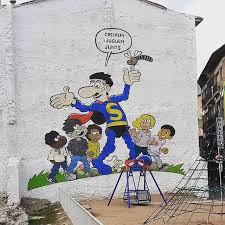
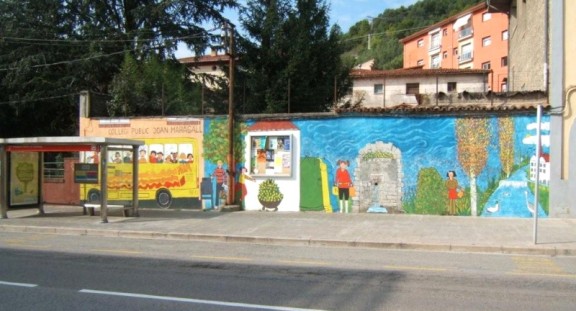
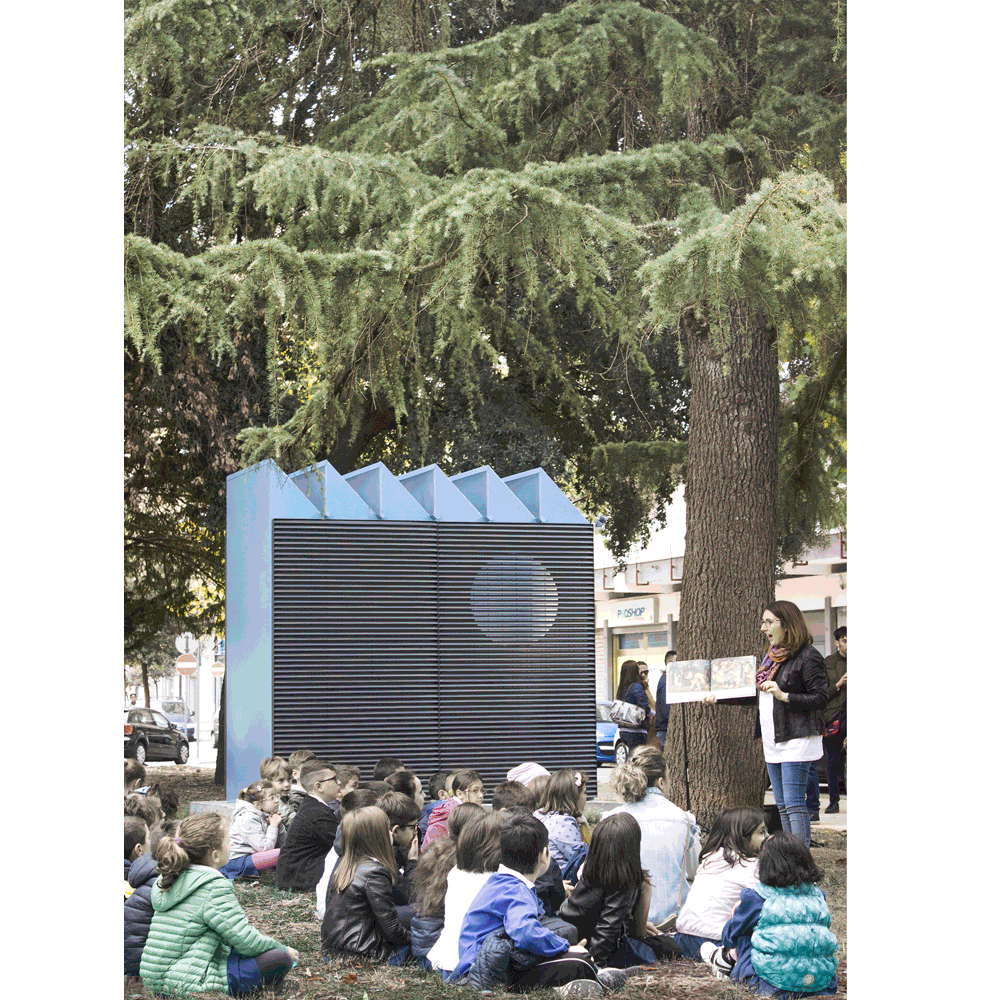
02/06/21
Il Riccio (The Hedgehog) – bibliocabina
PROFFERLO Architecture
Il Riccio (The Hedgehog) is a pavilion where books are shared. It is built in Piazza Pinto, the central park of Gioia del Colle. Designed by PROFFERLO Architecture, the pavilion functions as an urban landmark where it provides a sheltered space to exchange books.
Il Riccio is dedicated to Michele, a book peddler who played an important role in promoting a culture of reading books within the mid-size town of Gioia Del Colle (Bari) in southern Italy. He sold second-hand books for a few Euros, entertained his customers with stories and advised them on the right choice of book. When he passed away, the local community decided to keep his cultural activity alive with a book sharing facility in the main garden of Gioia del Colle, exactly in the same place as Michele’s stall.
PROFFERLO was given the opportunity to design this facility in memory of Michele. Il Riccio builds upon Michele’s legacy as a highly engaging architectural intervention where it invites the visitors to experience new activities and encounters by being an open and public platform. The pavilion activates the existing space with the help of a local company who aided the realization of this project. The zoomorphic form plays on the ambiguous field of the reference attached to an architectural object (hedgehog, factory, bunker, and so on) that lands like a meteorite on a lawn.
Il Riccio was prefabricated offsite in two pieces of bent sheet metal mounted on a three-dimensional frame that served as a structure and shelving. On the side, the façade shows a circular and a rectangular opening where they become the eyes of the hedgehog. These were laser cut on the sheet metal and overlapped with a dark grey metal grating module. Inside the pavilion, the sawtooth roof allows an unexpected uniform light where the sky blue colour of the interior glows within. At night, Il Riccio becomes a lantern where the blue interior shines out of the “eyes” of the hedgehog. This reversal of light from inside to outside becomes an attraction amongst the dim landscape of the garden.
Gutters are bent to follow the roofline of the pavilion and conceals their presence, maintaining a clean geometric form. The integrated structure of the shelves allows the users to organize the collection of books. The shelving elements uses wooden boxes and boards and they can be used separately or together providing the user with different ways to store the books.
Starting from next spring at the lawn next to Il Riccio, authors will be given the opportunity to launch their books. As each author presents their book they would also donate to the collection, allowing Il Riccio to be fed with knowledge and stories. As the collection grows, Michele’s legacy of promoting reading to the people lives on. This project demonstrated how administration, architecture designers, local community and entrepreneurs could work together on a project that would benefit the future of the area.

02/06/21
Flor de maiz
R+LAB
Flor de Maíz is an intervention made alongside the inhabitants of the neighboirhood Toctiuco, students from the university of the Americas - UDLA, Quito, and URBANLAB Medellín/Berlin. The intervention was meant to improve the public space of this accidented topographic neighbourhood through a playground, facades intervantion, a viewpoint, and enhancing the stairs, an urban element that is located along the area but that unfortunately has been left aside by locals and became a hub of trash.
The design was based on the name Toctiuco, a quechua word that means "corn flower" (flor de maíz), that incentives people to feel identified and give them a sense of appropiation. Both the design and construction of these urban intervantions have activated and improved the quality of use in the public space, a playground and a viewpoint. The intervantion was done in december 2019 and now we're entering into a new phase of urban intervention in Toctiuco, potentially to be done in september 2021.

02/06/21
Spaces and Places
SURUCHI DIDOLKAR
An inclusive 'space', attracts more people, interaction occurs, activity lasts making it a vibrant 'place' through which a city breathes. Artwork is a public place promenade in Mumbai representing people's cognitive expressions, behavioral and sensorial patterns offering city uniqueness, identity and a sense of 'place'. Our cities are built for their people and the experience such public spaces imprint in our minds lasts forever. There are memories of socio-cultural exchanges and associations that strengthen our nostalgic senses as we revisit such 'places'. We can never imagine a 'place' without its people.
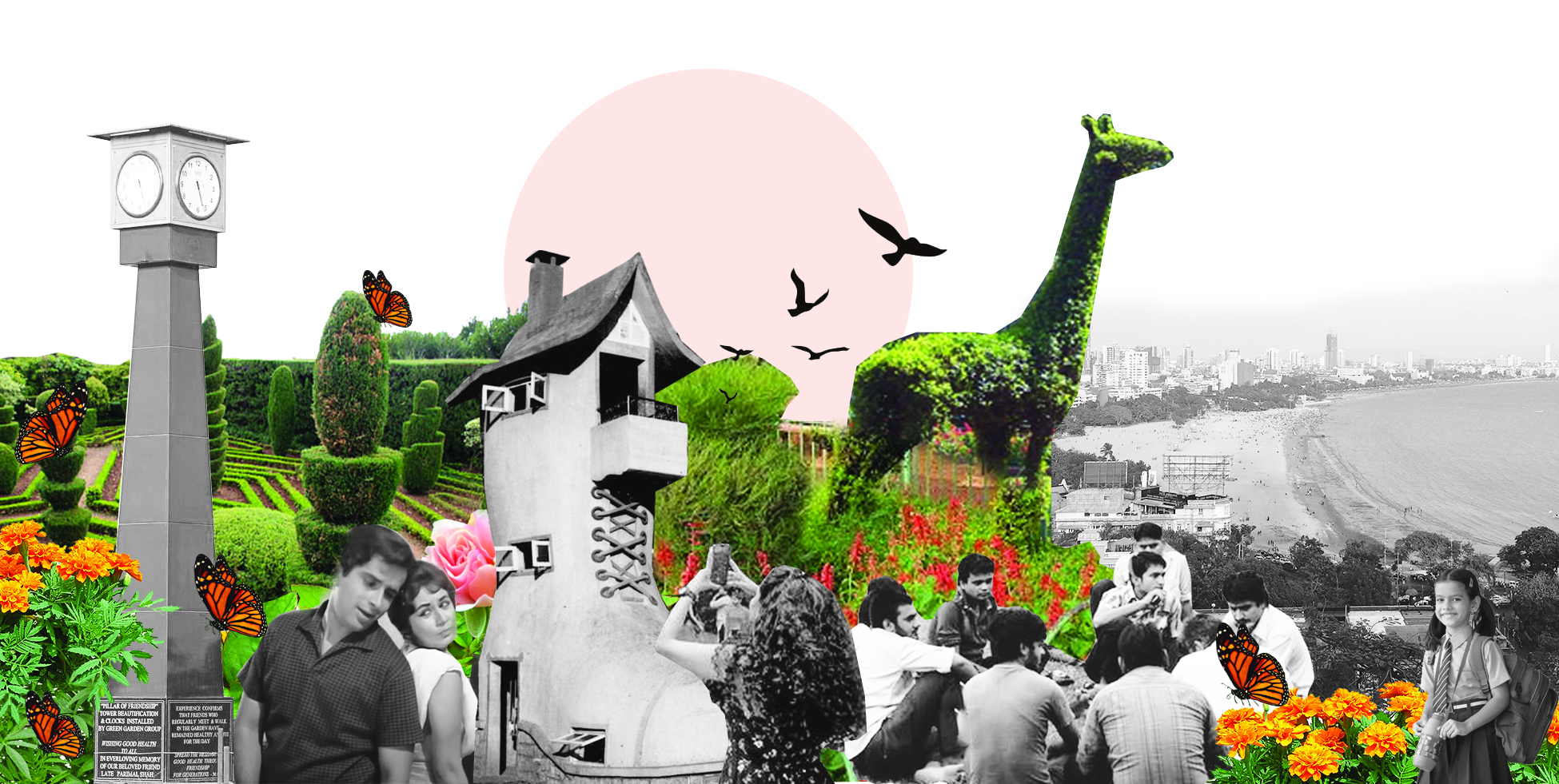
02/06/21
Capturing the socio-ecological memory
SURUCHI DIDOLKAR
‘Urban gardens’ are a plethora of socio-cultural, historical and environmental learning, that allows varied observant assert the sense of ‘the right to the city’ or reclaim an ‘urban commons’. One such urban garden uniquely hanging upon a historical water reservoir on Malabar Hill has been a source of solace and wonder for locals. Designed by Ulhas Ghapokar in 1881 and dedicated to Sir Pherozshah Mehta, it is narrated to have been built over one of Bombay’s main water reservoir to protect it from getting polluted, particularly by the nearby towers of silence. The photovoice method chosen here for representation would showcase how a diverse group of visitors or locals see their interests towards fostering ‘civic ecological sense’ and ‘social associations’ with the flora-fauna and history in the city. This could aim in conceptualizing future sustainable measures flexibly, placing ideas related to social associations, heritage and ecological concerns.
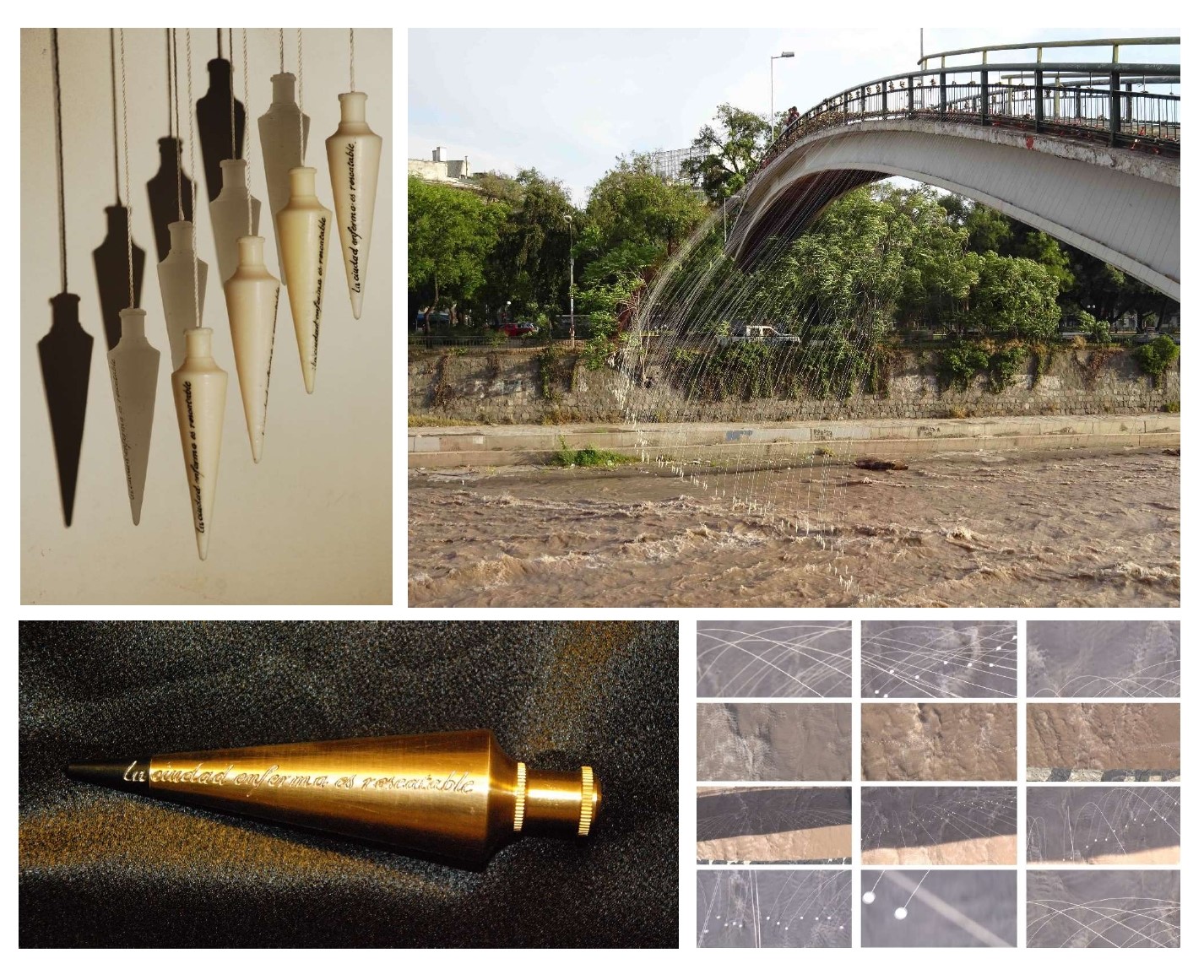
01/06/21
La Ciudad Enferma es Rescatable
Anthony McInneny
The temporary intervention was part of a practice lead research of the place of the Mapocho River in the Public Imaginary through its bridges, edges and the torrent. The Mapocho River was canalised in the late 19th C to mitigate the flooding, create public space and connect the north and south sides of Santiago de Chile via 9 meccano bridges. This was part of the Indendente Benjamin Vicuña Mackenna's modernisation of Santiago to make it "the Paris of South America". The canal was constructed posthumously 1888-1910 and the flooding torrent continues to be domesticated. Nature transitioning into culture via bridges. In the 1950s a particular bridge was constructed that crosses two flows, that of the river and that of the expressway constructed on its southern bank. The form of Racalamac bridge (a.k.a. Condell Bridge) is determined by these two periods of modernisation. It is a steep pedestrian bridge that is also an unlikely, popular and iconic public space of transition. The intervention traces the space created by this transition in a kinetic mapping of the inverted arc and the upstream wind that blows in the passage of the Mapcocho towards the Andes that is its source. A bronze builders plumbob was engraved with a quote of Benjamin Vicuña Mackenna "La Ciudad Enferma es Rescatable" (The sick city can be saved). 300 weighted casts were made and suspended by builders string from the bridge. The kinetic, temporary sculpture was installed for one day as part of 100 en 1 Día. From the edges of the river, the intervention appeared as a billowing, barely visible curtain ended by hovering plumbobs. From the bridge a vertigenous scene of parabolic curves are created over an invisible X,Y, Z grid and a horizontally surging torrent.